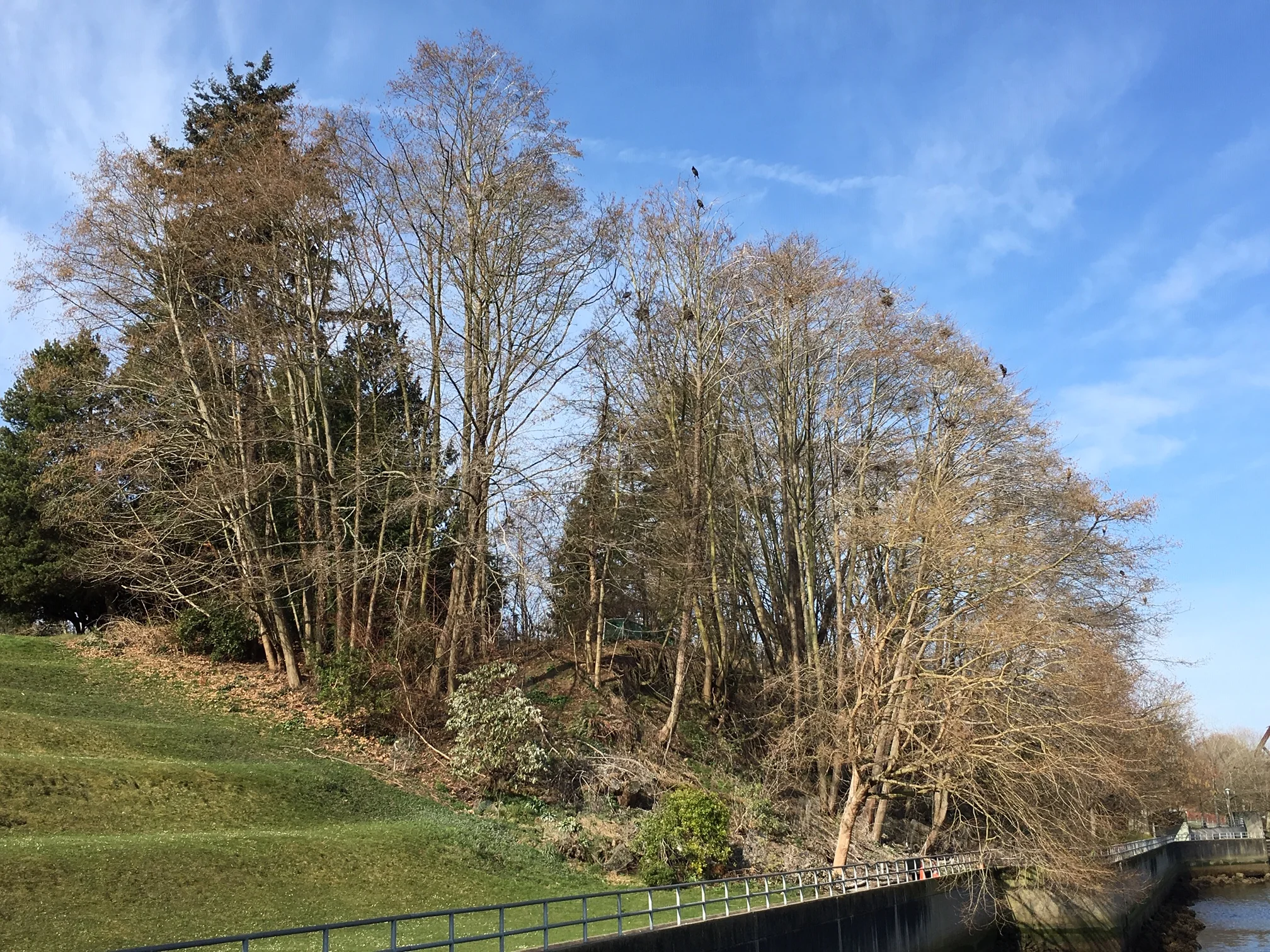Priority Species Profile: Great Blue Heron
Great Blue Heron colony sites are often located near favorite foraging locations.
By Katy Crandall, WPIT, ISA CA, TRAQ
The Washington Department of Fish and Wildlife (WDFW) maintains a Priority Habitat and Species (PHS) List, which is a catalog of habitats and species considered to be priorities for conservation and management in Washington State. Priority species require protective measures for their survival due to their population status, sensitivity to habitat alteration, and/or recreational, commercial, or tribal importance. Currently, there are 20 habitat types, 155 vertebrate species, 41 invertebrate species, and 11 species groups in the PHS List, which is regularly updated. One iconic species on this list is the Great Blue Heron, specifically Great Blue Heron breeding areas.
Why are Great Blue Heron colonies a priority?
Great Blue Herons are present throughout Washington year-round. They’re commonly observed as solitary birds, foraging along shorelines, streambanks, or in wetlands as they snatch up a variety of prey such as frogs, fish, insects, and even mice. However, during the breeding season, pairs nest in groups called colonies or rookeries, which is a unique breeding strategy compared to other Washington breeding birds. Colonies range in size, but can include hundreds of nests.
They continue to fetch nesting materials from nearby trees and incubate through our tumultuous PNW spring.
Like many birds, Great Blue Herons are vulnerable to disturbance during the breeding season. However, the fact that Great Blue Herons nest in groups makes the species even more susceptible to disturbance. Great Blue Herons are relatively large birds and their nests can be equally large. It’s no surprise that colony sites can be quite conspicuous, especially in early spring before deciduous tree leaves provide cover. Colony sites may attract public on-lookers or Bald Eagle predators. Disturbance may cause Great Blue Herons to terminate a nesting attempt. Since many pairs nest at the same location and are exposed to similar levels of disturbance, the potential effect of disturbance could be widespread in the colony and lead to a considerable loss of offspring.
Project implications?
The most urban colony site in Seattle, and perhaps even the country, is located in Seattle’s Commodore Park near the Ballard Locks. In early 2019, a local building company began construction activities on a parcel of land located near the colony site, after months of close coordination with the city and WDFW. As part of the project’s heron impact minimization measures, The Watershed Company monitored the colony weekly through the breeding season. The purpose of monitoring was to potentially identify deviations from typical nesting behavior that would indicate construction disturbance effects on the colony.
Monitoring
The minimization and mitigation measures implemented with this project’s construction activities were successful in preventing levels of disturbance that would impact the nesting Great Blue Herons. We were excited to observe the birds in this colony progress through the breeding season as expected!
Monitoring activities began in February, when Great Blue Herons start to congregate near the nesting site.
In March, adults can be seen in pairs and on nests.
In mid-May, the first chicks hatch. Nests typically contain three to five eggs, but could have as many as seven!
By April, adults are laying low in nests… on eggs!
Young Great Blue Herons are able to fly within 60 days of hatching; and within a month, have grown considerably, closely resembling adults.
Want to learn more about the history of the Commodore Park Heron colony? Would you like to be a volunteer? Check out Heron Habitat Helpers for more information.
Have priority species at your project site? Give us a call and let us know about your project.
Sources:
Azerrad, J. M. 2012. Management recommendations for Washington's priority species: Great Blue Heron. Washington Department of Fish and Wildlife, Olympia, Washington.
WDFW, 2012. Management Recommendations for Washington’s Priority Species for use to guide site specific management of priority species. Washington Department of Fish and Wildlife, Washington.
Washington Department of Fish and Wildlife. 2008. Priority Habitat and Species List. Olympia, Washington. 292pp.














